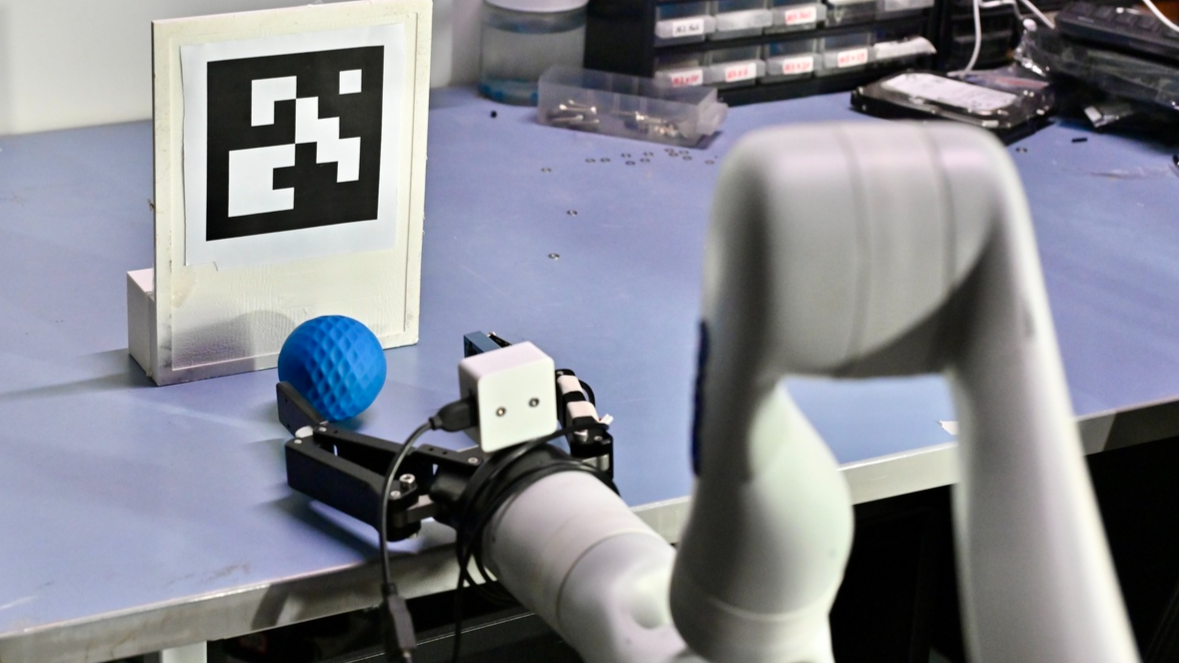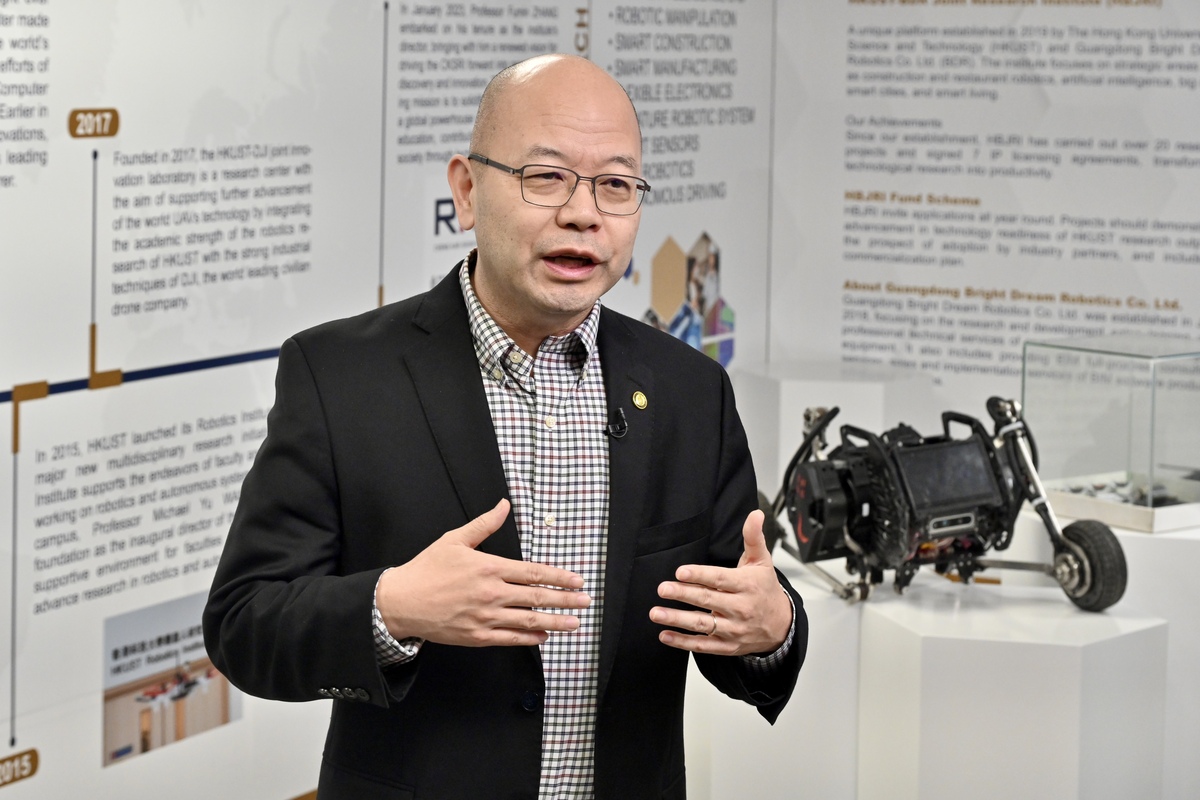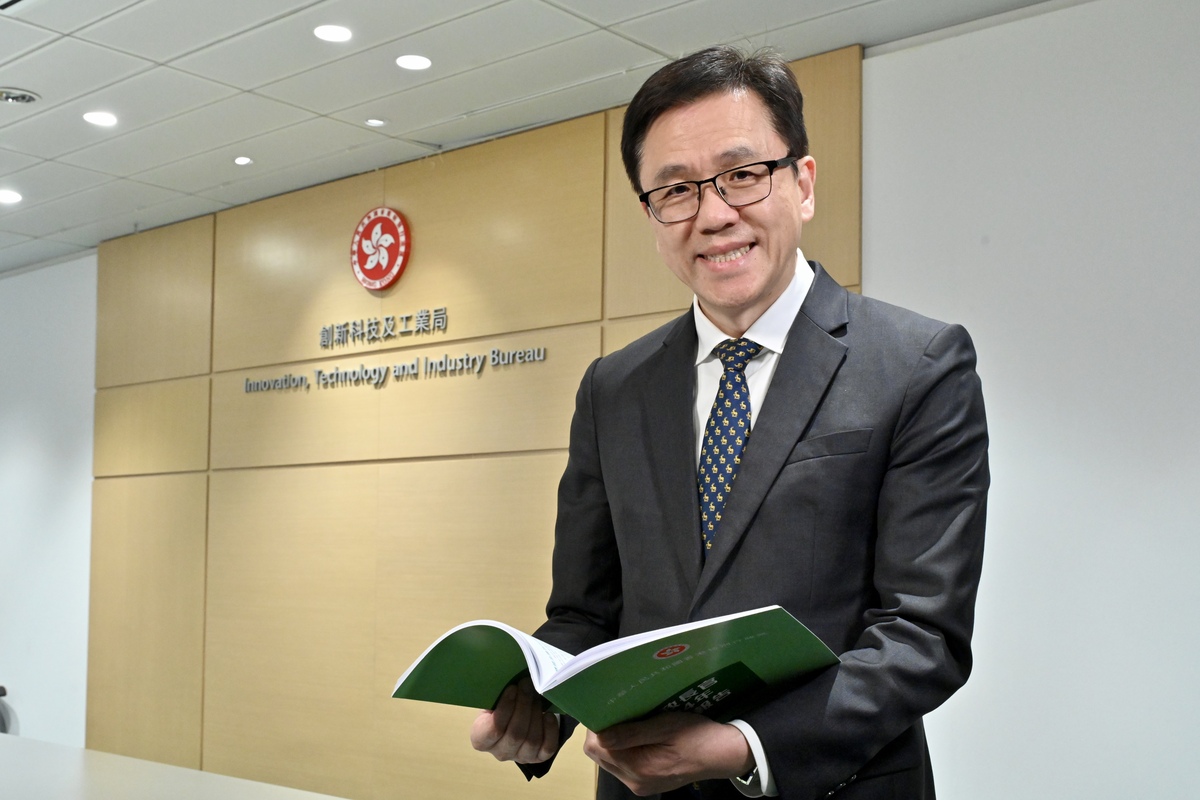HONG KONG - Scientists in the Hong Kong Special Administrative Region are playing an active role in the nation’s efforts to set up an international research station on the moon by engineering a multifunctional lunar robot for scientific exploration.
The Chang'e 8 mission, part of the nation’s lunar exploration program, is scheduled to be launched around 2028 to lay the groundwork for the construction of a China-led international lunar research station.
The Hong Kong University of Science and Technology has been appointed by the China National Space Administration to lead an international project under Chang'e 8 to develop a lunar surface robot.

Multifunctional role
Yu Hongyu, director of HKUST Space Science and Technology Institute, explained that the robot would be equipped with dual robotic arms and capable of deploying and installing instruments, collecting lunar samples and more.
After the Chang'e 8 probe lands on the lunar surface, the robot will need to retrieve other probes or sensors from it and move them to their designated locations.
“Precise control of the robotic arms is a challenging task. The process requires avoiding collisions with other instruments and positional accuracy,” Yu said.
The moon’s extreme temperatures and lack of satellite navigation systems pose additional challenges, so the robot was designed to perceive lunar topography and change its path accordingly.
ALSO READ: Report: Chang'e-7 probe to land on lunar south pole for water ice search
“In response to the moon's low-gravity and harsh environmental conditions, we are developing a software to ensure that the robot can autonomously adapt its posture and functions based on the environmental changes,” Yu added.

Another key feature of the robot is its ability to serve as a mobile charging station for various lunar surface equipment.
“In the future International Lunar Research Station, there will be several robots and instruments working collaboratively. They require a stable energy supply. Our robot, fitted with solar panels, can provide wireless charging capabilities,” Yu elaborated.
Lunar linkup
To complete the international collaboration project, the HKSAR government has established the Hong Kong Space Robotics and Energy Centre under the InnoHK Research Clusters.
Led by HKUST, the center brings together researchers from the local and Chinese mainland universities, the Shanghai Academy of Spaceflight Technology as well as the South African National Space Agency.
The Innovation and Technology Commission estimated that the center will provide training for around 20 PhD students and employ over 70 researchers to build the city's aerospace technology capabilities.
Since aerospace technology was a multidisciplinary field, the center will not only enhance Hong Kong’s aerospace research and engineering capabilities, but also impact other sectors such as engineering, microelectronics, artificial intelligence, computing and communications, promoting their development.

Strong support
Noting that Hong Kong had a solid foundation in basic research and development, Secretary for Innovation, Technology and Industry Sun Dong said the HKSAR government strongly backed local universities and research institutions in conducting aerospace technology-related research and supporting the country to become the world’s leading spacefaring nation.
He noted that the center will capitalize on the SAR’s distinct advantages under “one country, two systems”, enhancing the city’s R&D capabilities and international scientific reputation.
“In recent years, China has achieved remarkable accomplishments in the field of deep space exploration. The level of deep space exploration capability is an important indicator of a country's scientific and technological strength,” Sun said.
ALSO READ: HK unveils world’s first spaceborne payload for monitoring emissions
“Through deeply engaging in national space missions and strengthening international scientific and technological co-operation, the center will facilitate the transformation and application of cutting-edge technologies related to aerospace, significantly enhance Hong Kong’s global competitiveness in the aerospace field and propel its advancement as an international innovation and technology center.”
Sun also pointed out that the SAR government had started to establish the third InnoHK research cluster focusing on advanced manufacturing, materials, energy and sustainable development.


